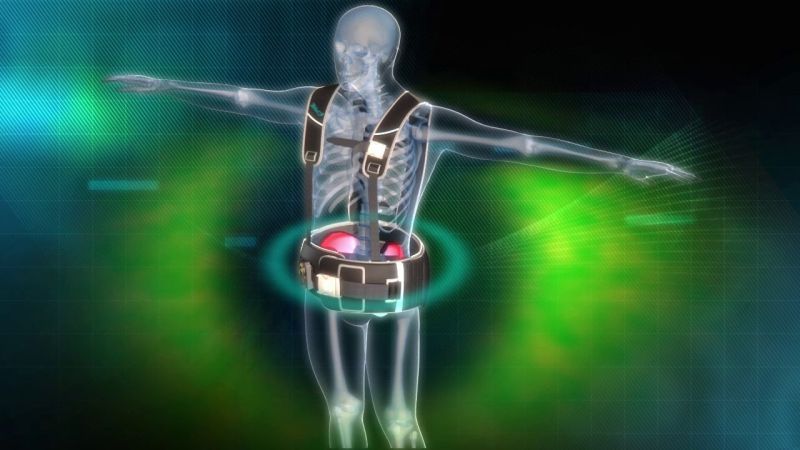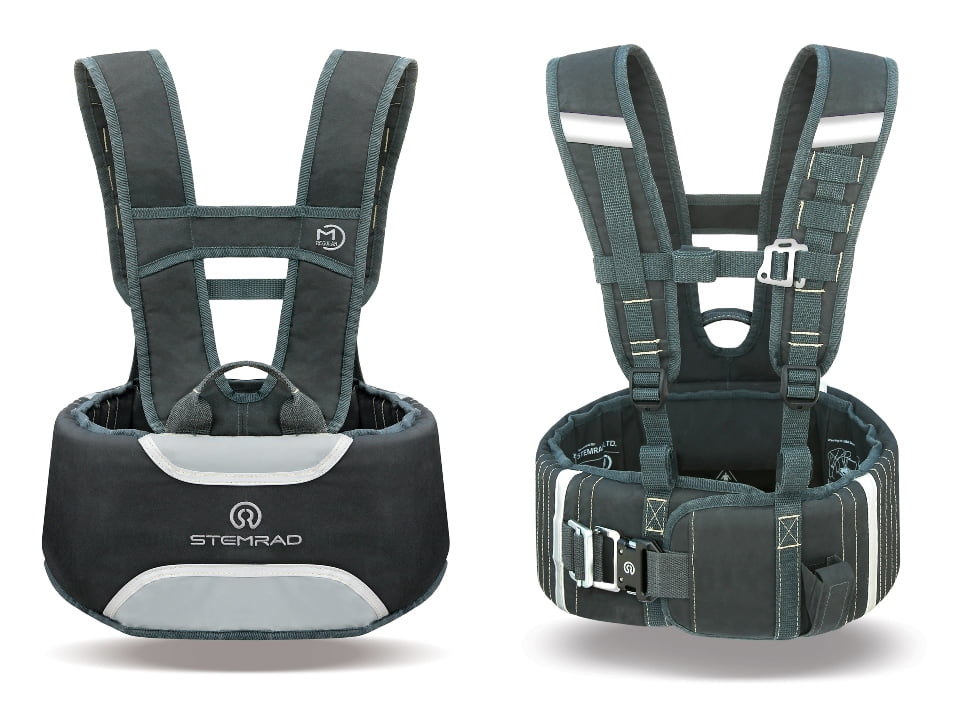This article was first published on The Times of Israel and was re-posted with permission.
Israeli technology that can protect first responders from deadly gamma radiation – the kind of radiation emitted by nuclear bombs – may one day protect astronauts who explore deep space from the high levels of radiation they are likely to encounter.
SEE ALSO: What If Nuclear Disaster Strikes
Israel’s StemRad is working with US defense giant Lockheed-Martin to develop a version of its gamma-ray shielding vest for use in deep-space missions, the companies announced this week.
“We’re going to take our extensive knowledge of human spaceflight, apply our nano-materials engineering expertise, and working closely with StemRad, evaluate the viability for this type of radiation shielding in deep-space,” said Randy Sweet, Lockheed Martin business development director for the civil space line of business. “The Lockheed Martin team believes this could result in an innovative solution to enhance crew safety on the journey to Mars.”
Lockheed Martin is the prime contractor building Orion, NASA’s next-generation spacecraft designed to transport humans to destinations beyond low Earth orbit and bring them safely home. Designed for the space missions of tomorrow, Orion will, among other things, provide technology against the effects of deep-space radiation, considered one of the biggest threats and roadblocks to human exploration of the solar system beyond the moon.
Sign up for our free weekly newsletter
SubscribeSEE ALSO: Startup Launches Cellular Radiation Detection App
Key to the effort to protect against such radiation is the solution by StemRad, which has a product that protects first responders against gamma radiation generated by, among other things, nuclear explosions. Cleverly designed to allow freedom of movement, the StemRad 360 Gamma belt is not a full-body suit that makes it difficult to maneuver and freely explore – a key requirement for rescue workers.
Exposure to gamma radiation results in radiation sickness, the accelerated destruction of the blood cells and the inability of the body to replenish them, due to the damage sustained to bone marrow, which needed to generate new cells. Fifty percent of the body’s bone marrow is located in the groin and midsection areas of the body – and that is exactly the part of the body the StemRad belt protects, ensuring that rescue workers are protected against the effects of radiation sickness, but are able to maintain freedom of movement needed to assist others.
To continue reading this article on the TOI site, click here.
Photos: HubertRoberts, StemRad
Related posts

Editors’ & Readers’ Choice: 10 Favorite NoCamels Articles

Forward Facing: What Does The Future Hold For Israeli High-Tech?

Impact Innovation: Israeli Startups That Could Shape Our Future





Facebook comments